Stick Tail Disease Leopard Gecko
Stick tail disease leopard gecko. Stick tail is a generic description for a gecko that is losing body mass. Symptoms include a dramatic weight loss tail will become stick-thin diarrhea a lot of hiding and poor feeding. A fat-tailed gecko and a leopard gecko should have a fat-tail.
If the leopard geckos tail is getting very thin they could be getting sick or have a disease or illness. For a gecko to lose so much weight that the tail gets really thin there is some medical problem going on. My 13 year old leopard gecko has stick tail disease it has been 3 weeks now and he is not getting better and I dont know what else to doI have cleaned everything and keep cleaning things soaking him in warm water to try to keep him hydratedhe eats but in the last 3 days 1 of his eyes has been closed and he doesnt seem to able to open it.
Although other parasites such as gastrointestinal infections and Gram-negative bacteria can cause this Cryptosporidum Crypto as I will be referring to it is the most notable. We will look at what causes this illne. Infected leopard geckos can pass the parasite on to others even if they are not showing signs of the sickness themselves.
Stick Tail Disease is a parasitical disease of Leopard GeckosAfrican Fat Tailed Geckos usually caused by Cryptosporidum varanae which is a parasite that can affect the health of your gecko. All it mens is that the gecko is not only not eating but is also losing a lot of weight. It is a defensive mechanism that distracts the predator long enough so they can run into a hide.
This can be due to offering the wrong foods or not enough of them. Make sure to dust all insect feeders with a calcium D3 supplement we recommend Rep-Cal and leave out a bottle cap full of powder for the gecko to lick from. Their tails keep moving for a short duration of time after it detaches.
Phalangeal Dysecdysis Retained shed on toes and tail This is abnormal in leopard geckos and secondary to multiple retained sheds on the digits from low humidity. Cryptosporidiosis is a very common reason that a leopard gecko will lose weight and as the tail fat disappears all that remains is a thin boney tail a condition herpetoculturists often call stick tail. Today we are looking at Cryptosporidiosis also known as Stick Tail in geckos focussing primarily on Leopard Geckos.
If you have leopard geckos housed together and notice that one of them has dropped their tail the other gecko is probably bullying the other one see this on leopard gecko tails. Like a lot of lizards leopard geckos can drop their tails.
If you have leopard geckos housed together and notice that one of them has dropped their tail the other gecko is probably bullying the other one see this on leopard gecko tails.
It can also be caused by an underlying disease stress poor habitat conditions or a parasite such as cryptosporidium. Their tails keep moving for a short duration of time after it detaches. A fat-tailed gecko and a leopard gecko should have a fat-tail. Jan 25 2019 - Stick tail in leopard geckos is often caused by an intestinal infection. Cryptosporidiosis is a very common reason that a leopard gecko will lose weight and as the tail fat disappears all that remains is a thin boney tail a condition herpetoculturists often call stick tail. Sometimes Crypto will cause a Stick tail disease in leopard geckos an extreme thinning of the tail but it can also be caused by protozoa or bacteria. Symptoms include a dramatic weight loss tail will become stick-thin diarrhea a lot of hiding and poor feeding. Cryptosporidiosis is a common intestinal infection of leopard geckos caused by the one-celled parasite Cryptosporidium varanii also know in older references as Cryptosporidium saurophilum. Today we are looking at Cryptosporidiosis also known as Stick Tail in geckos focussing primarily on Leopard Geckos.
A fat-tailed gecko and a leopard gecko should have a fat-tail. This can be due to offering the wrong foods or not enough of them. Cryptosporidiosis is a very common reason that a leopard gecko will lose weight and as the tail fat disappears all that remains is a thin boney tail a condition herpetoculturists often call stick tail. Phalangeal Dysecdysis Retained shed on toes and tail This is abnormal in leopard geckos and secondary to multiple retained sheds on the digits from low humidity. If you have leopard geckos housed together and notice that one of them has dropped their tail the other gecko is probably bullying the other one see this on leopard gecko tails. Sometimes Crypto will cause a Stick tail disease in leopard geckos an extreme thinning of the tail but it can also be caused by protozoa or bacteria. For a gecko to lose so much weight that the tail gets really thin there is some medical problem going on.
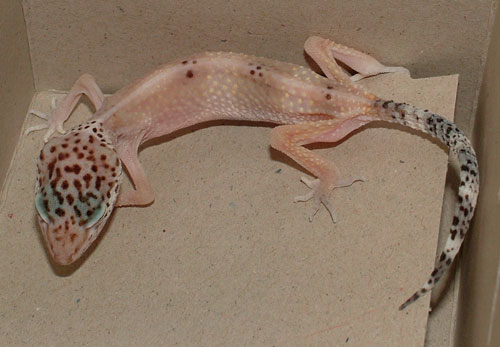

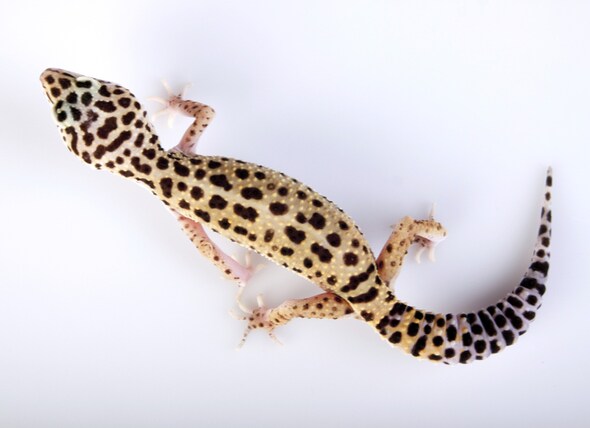

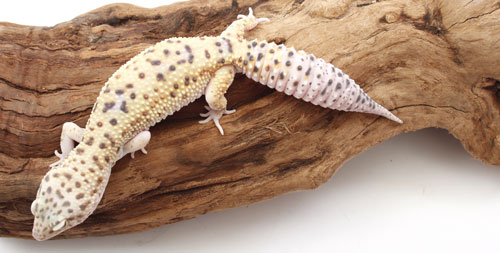





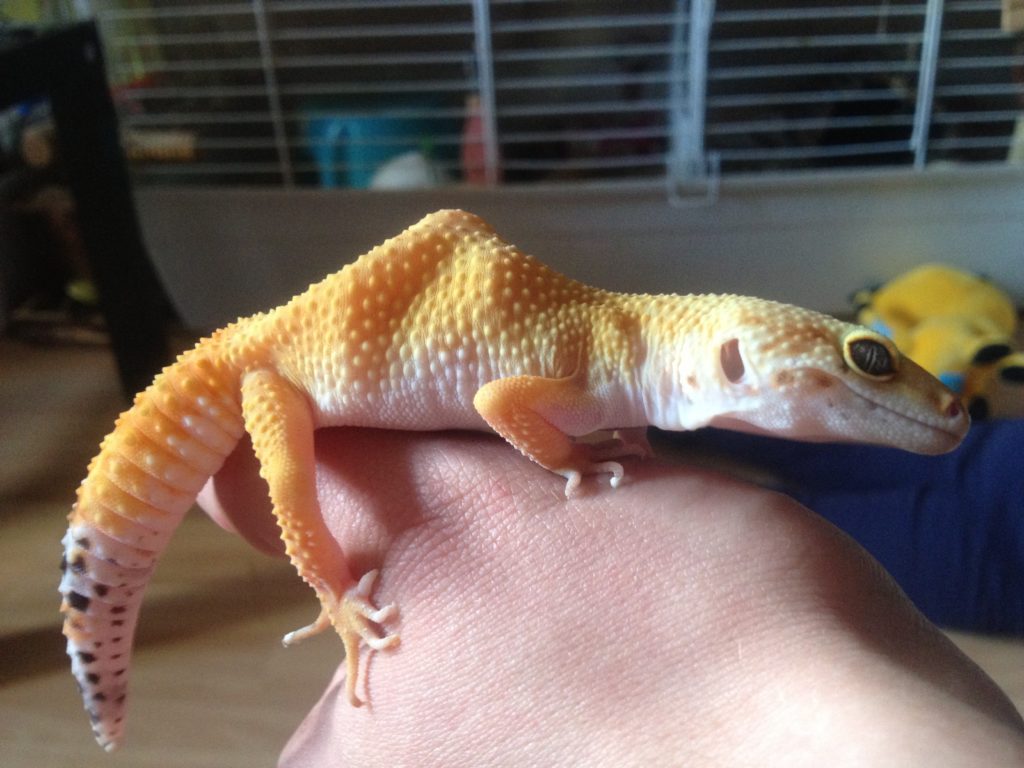
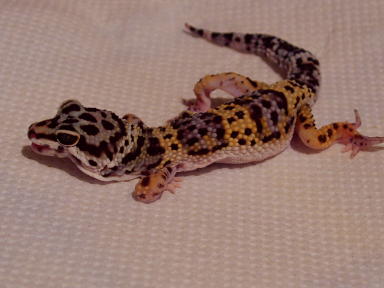
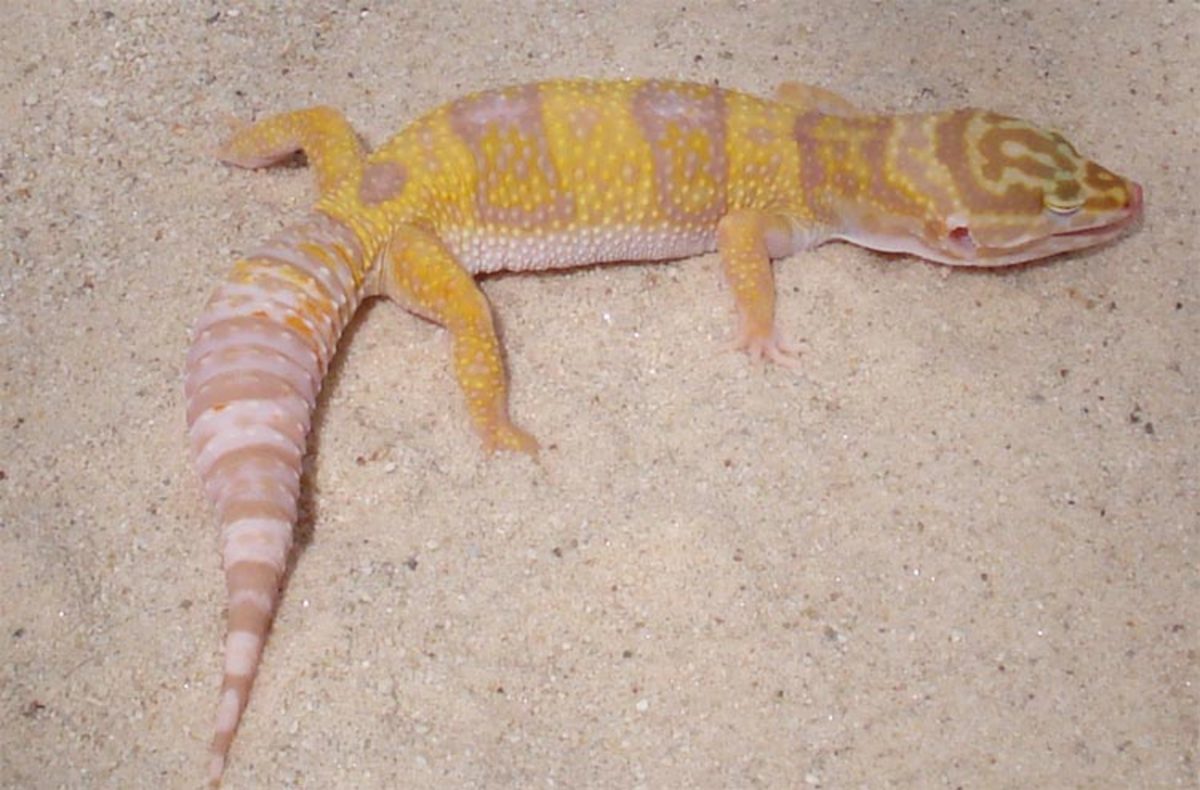


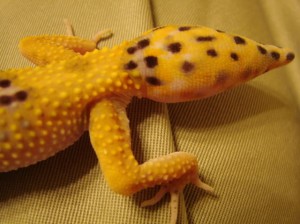

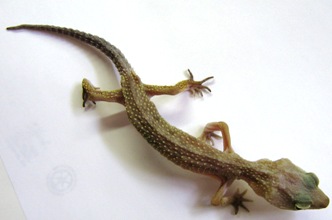










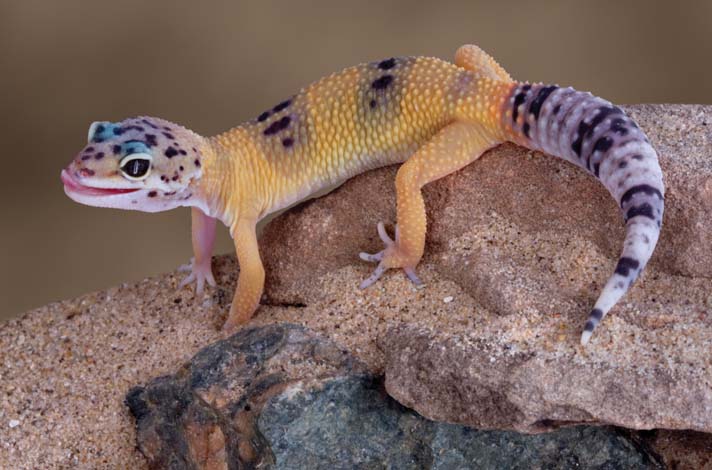

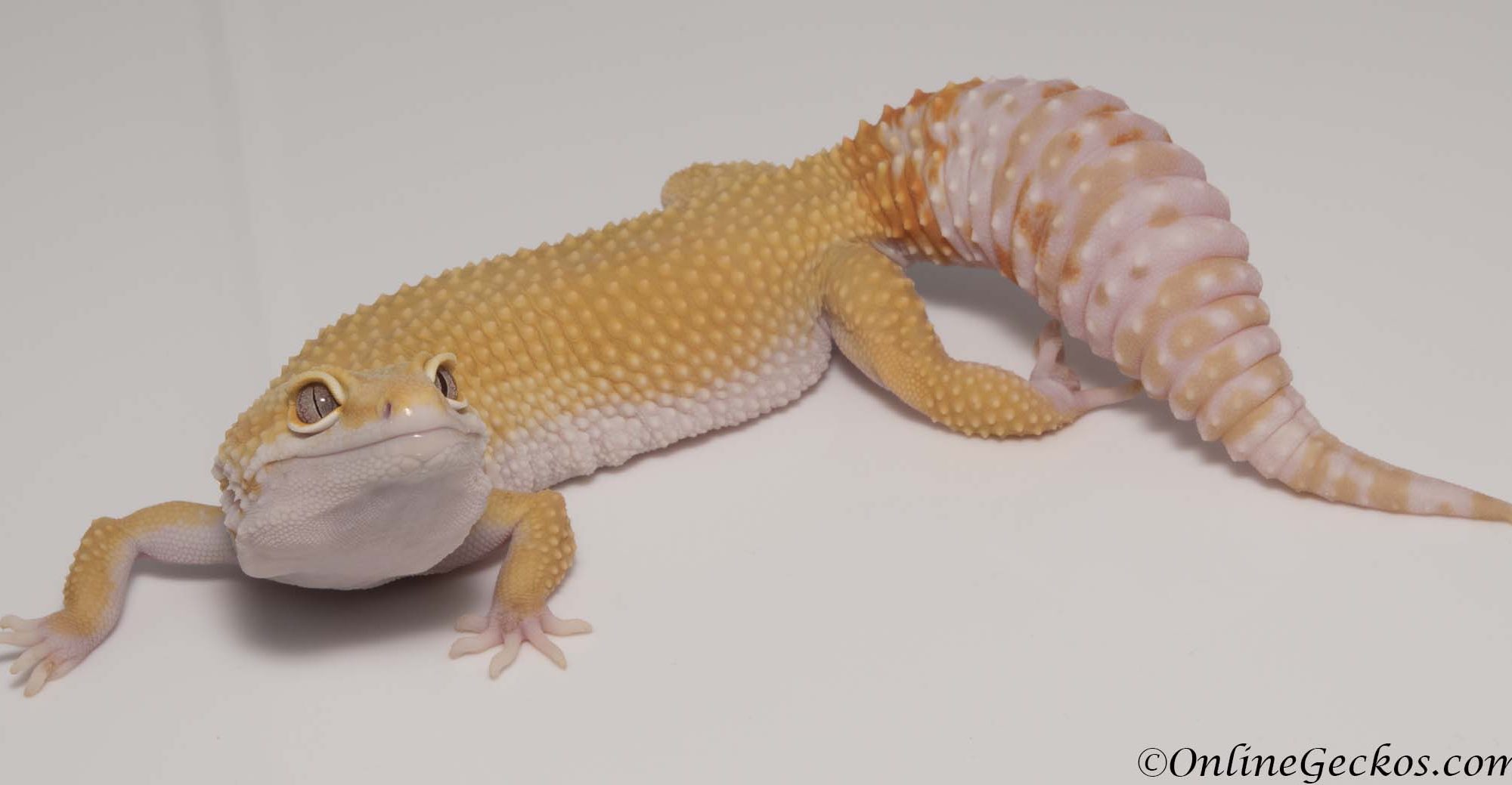



Post a Comment for "Stick Tail Disease Leopard Gecko"